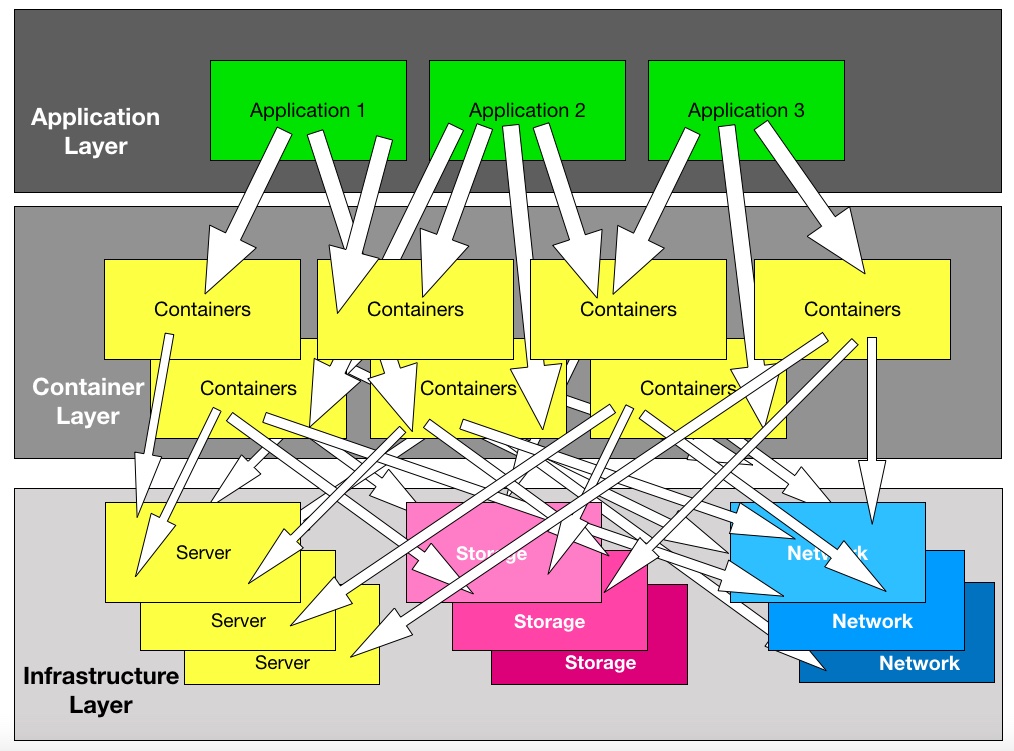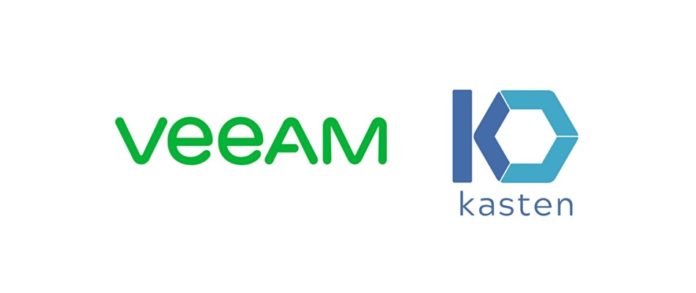Veeam has joined forces with Kasten to offer cloud-native application backup to its customers. The deal spans sales, marketing and technology.
This partnership solves a problem for Veeam – how to get a foothold in cloud-native backup for cloud-native applications that run as a bunch of containers in a Kubernetes-orchestrated system.
Veeam aims to provide full spectrum backup to its customers, but has found that many are adopting a DevOps approach and running Kubernetes-orchestrated, cloud-native systems, sometimes with thousands of containers in clustered server systems. The company is facing a build, buy, or partner decision. Today’s outcome is its decision to partner with Kasten and its K10 product.
Dan Kogan, Veeam product and solutions marketing VP, writes in a company blog: “We’ve been seeing our customer’s interest increase in Kubernetes as a critical piece of their cloud infrastructure, creating a new area around container-native data protection that they need help in addressing. To that end, we’re excited to share that we are partnering with Kasten, the leaders in backup solutions for containerised workloads.”
Containers eat Veaam’s lunch
In the virtual server world, a virtual machine (VM) and an application are often effectively identical, and always closely intertwined. Veeam’s genius was to gain deep awareness of how hypervisors schedule and run applications in virtual machines and so provide better VM backup.
The company has made a killing in providing backup and restore under a data availability theme, first for apps in virtual servers, then virtual servers in the cloud and also physical servers. But containerisation and DevOps style development has encroached onto the virtual server world. Where does Veeam fit in?
A containerised application needs a backup facility that understands the backup focus is the application, not the container. Veeam could move with VM environments that migrated to the cloud – VMware Cloud Foundation, for example. But it had no capability for cloud-native backup for cloud-native apps.
Container backup
This has opened up opportunities for specialist startups such as Kasten, which recognised that Kubernetes and its orchestrating ilk provides the same framework for container backup as hypervisors do for VM backup.
In Kubernetes there is no mapping of applications to servers or VMs. Instead, applications are mapped to a set and sequence of containers. VM-focused or server-focused backup is blind in the Kubernetes world. Containerised app atomicity is the sine qua non here.

Comment
Veeam has signed reseller deals before, for instance with N2SW, to underpin Veeam Availability for AWS. This provided a cloud-native agentless backup and availability system to protect AWS apps and data.
It bought N2SW for $42.5m in January 2018. Problems ensued involving Veeam’s then Russian ownership, non-US domicile and N2SW’s federal business. Veeam sold N2SW in October 2019. Veeam is now US-domiciled, following the $5bn acquisition by Insight Partners in January 2020.
Kasten provides another route for Veeam into cloud-native backup. Will Veeam want to own its own containerised application backup technology? Blocks & Files thinks this is on the table, and Kasten, with total funding of $17m, is an inexpensive option.








